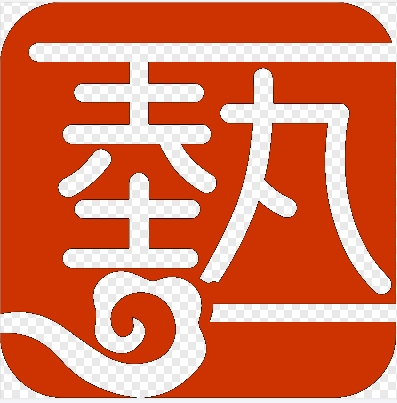
 Audited Supplier
Audited Supplier
In This Store
Category:Excipients > Emulsifying/Solubilizing Agents
Product Name:13-propylene glycol
CAS No.:504-63-2
Standard:ChP, USP, BP, EP, JP, In-house Standards, IP
Price(USD):Negotiable
Company:Shanghai Yearn Chemical Science-Tech Co.,Ltd
Grade: Cosmetic Grade
Factory Location: Zhejiang Province, China
Main Sales Markets: North America,Central/South America,Western Europe,Eastern Europe,Australasia,Asia,Middle East,Africa
Monthly Production Capacity: 10 tons per month
Contract Manufacturing: CRO,CMO
Packaging Information: 230kg/PE barrel or IBC ton barrel
Delivery Lead Time: 1week
Sample Provided: yes
Payment Terms: T/T
1, 3-propylene glycol Classification: Cosmetic grade and Industrial grade
1, 3-propylene glycol (Propan-1,3-diol) is a chemical compound with a molecular formula of C3H8O2 and a molecular weight of 76.10, colorless transparent viscous liquid.
It can be used for the synthesis of many drugs, new polyester PTT, pharmaceutical intermediates and new antioxidants.
1, 3-propylene glycol product introduction
1, 3-propanediol (1, 3-propanediol, 1, 3-PDO) is a colorless, odorless, salty, hygroscopic viscous liquid. It is a raw material for the production of unsaturated polyester, plasticizer, surfactant, emulsifier and demulsifier. In the polyurethane industry, it is commonly used as the raw material of polyester polyol, the initiator of polyether polyol and the chain extender of polyurethane. In the organic chemical industry, it is also an important monomer and intermediate, and the most important use is as a polymer monomer to synthesize polypropylene terephthalate (PrT).
1, 3-propylene glycol preparation method
The chemical preparation of 1,3 monopropylene glycol by glycerol can be divided into dehydroxylation, hydrodehydrating and dehydrating to acrolein. Among them, the reaction steps of dehydroxylation method are clear, the reaction speed is fast, the by-products are less, and the separation is easy, which is conducive to the conversion of glycerol into 1, 3-propylene glycol. However, the reactant material, sulfonyl chloride, is a fine chemical, the production is small and the price is high, which affects the industrialization of the method. With the increasing demand for 1, 3-propylene glycol in the world, the selective catalysis of glycerol will be the focus and difficulty of research. There are relatively few studies on the production of 1, 3-propylene glycol by catalytic hydrolysis, and the main products of hydrolysis are 1, 3-propylene glycol and 1, 2. A mixture of propylene glycol with poor product selectivity. Therefore, the improvement of separation technology will be another challenge for glycerol-catalyzed hydrogen hydrolysis.
When adding H2WO4 and basic substances (amines or amides) to the homogeneous catalytic system of rhodium complex Rh(CO)2(aaac), glycerol can be hydrolyzed to 1, 3-monopropylene glycol with a yield of 21% under appropriate conditions. At the same time, almost the same amount of 1, 2-propylene glycol is produced. In the preparation of 1,3 monopropylene glycol by acrolein method, glycerol must be converted into acrolein by catalytic dehydration.
Official website:https://www.yearnintl.com/

Contact Us
Tel: (+86) 400 610 1188
WhatsApp/Telegram/Wechat: +86 13621645194
Follow Us:




 Pharma Sources Insight January 2025
Pharma Sources Insight January 2025


